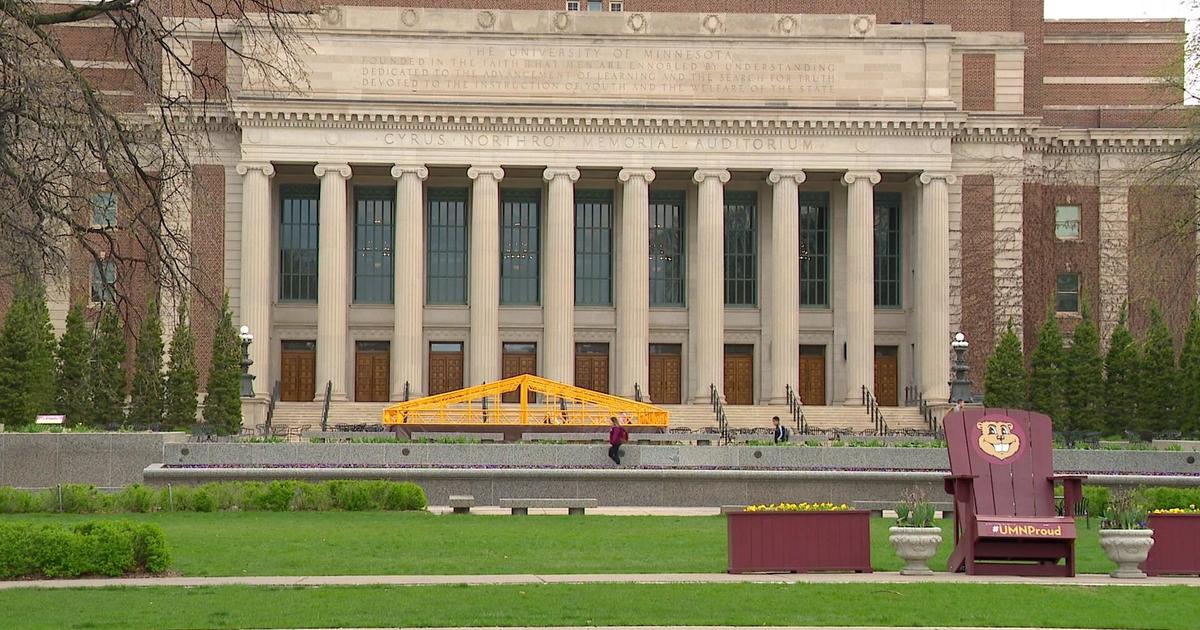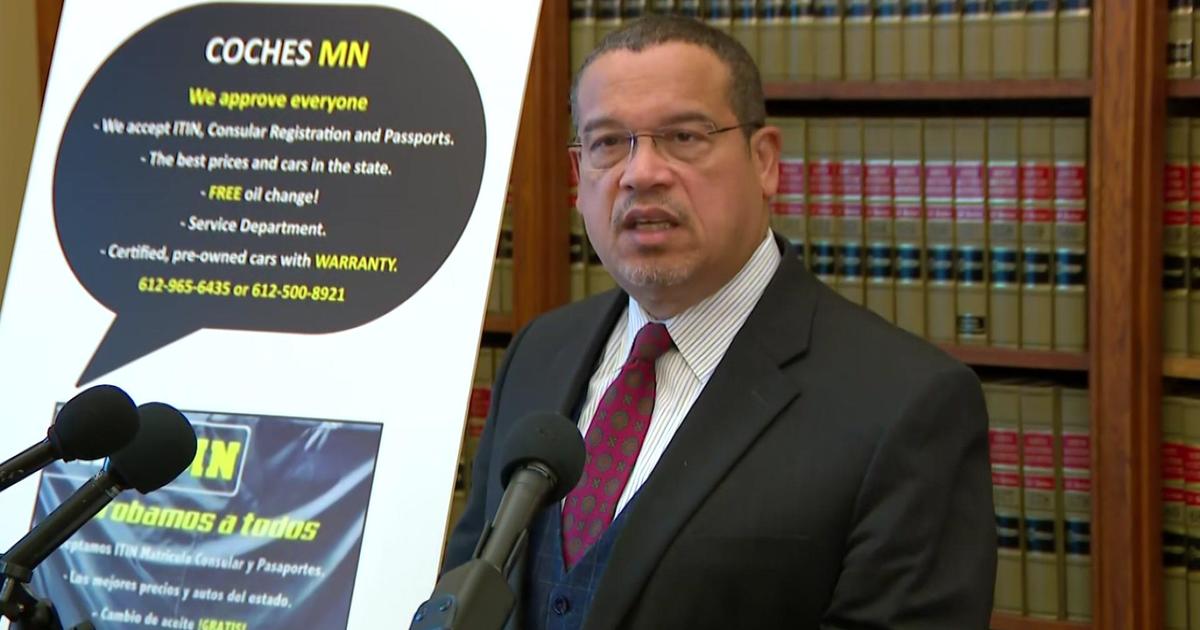'I Can't Even Describe It': Use-Of-Force Experts Say Police Restrained George Floyd For Too Long
MINNEAPOLIS (AP) — A black man who died in police custody in Minneapolis was seen on a bystander's video pleading that he could not breathe as a white officer knelt on his neck during the arrest and kept his knee there for several minutes after the man stopped moving.
The man who died was identified as George Floyd by Ben Crump, a prominent civil rights and personal injury attorney who said he had been hired by Floyd's family.
Two experts on police use of force said the officer clearly restrained the man for too long.
The man was under control and no longer fighting, said David A. Harris, a University of Pittsburgh law professor who specializes in police conduct.
Andrew Scott, a former Boca Raton, Florida, police chief who now testifies as an expert witness in use-of-force cases, agreed, saying the officers should have at least rolled him on his side so he could breathe.
The death was "a combination of not being trained properly or disregarding their training," Scott said. "He couldn't move. He was telling them he couldn't breathe, and they ignored him. I can't even describe it. It was difficult to watch."
RELATED: 'Being Black In America Should Not Be A Death Sentence': Officials Respond To George Floyd's Death
The New York City officer in the Garner case said he was using a legal maneuver called "the seatbelt" to bring down Garner, whom police said had been resisting arrest. But the medical examiner referred to it as a chokehold in the autopsy report and said it contributed to his death. Chokehold maneuvers are banned under New York police policy.
A grand jury later decided against indicting the officers involved in Garner's death, sparking protests around the country.
In Minneapolis, kneeling on a suspect's neck is allowed under the department's use-of-force policy for officers who have received training in how to compress a neck without applying direct pressure to the airway. It is considered a "non-deadly force option," according to the department's policy handbook.
A chokehold is considered a deadly force option and involves someone obstructing the airway. According to the department's use-of-force policy, officers are to use only an amount of force necessary that would be objectively reasonable.
The police union asked the public to wait for the investigation to take its course and not to "rush to judgment and immediately condemn our officers." The Hennepin County Attorney's Office, which would handle any prosecution of police on state charges, said in a statement that it was "shocked and saddened" by the video and pledged to handle the case fairly. The U.S. Attorney's Office in Minnesota declined comment.
The death came amid outrage over the death of Ahmaud Arbery, who was fatally shot Feb. 23 in Georgia after a white father and son pursued the 25-year-old black man they had spotted running in their subdivision. More than two months passed before charges were brought. Crump also represents Arbery's father.
All body camera footage in the Minneapolis case has been turned over to the Minnesota Bureau of Criminal Apprehension, and the agency asked to speak with anyone who saw the arrest or recorded video. The officers involved have been put on paid administrative leave, per department protocol. The agency said the officers' names will be released after initial interviews with the people involved and witnesses.
The FBI is conducting a separate federal civil rights investigation, at the request of Minneapolis police, the BCA said. Messages left with the FBI were not immediately returned.
(© Copyright 2020 The Associated Press. All Rights Reserved. This material may not be published, broadcast, rewritten or redistributed.)



